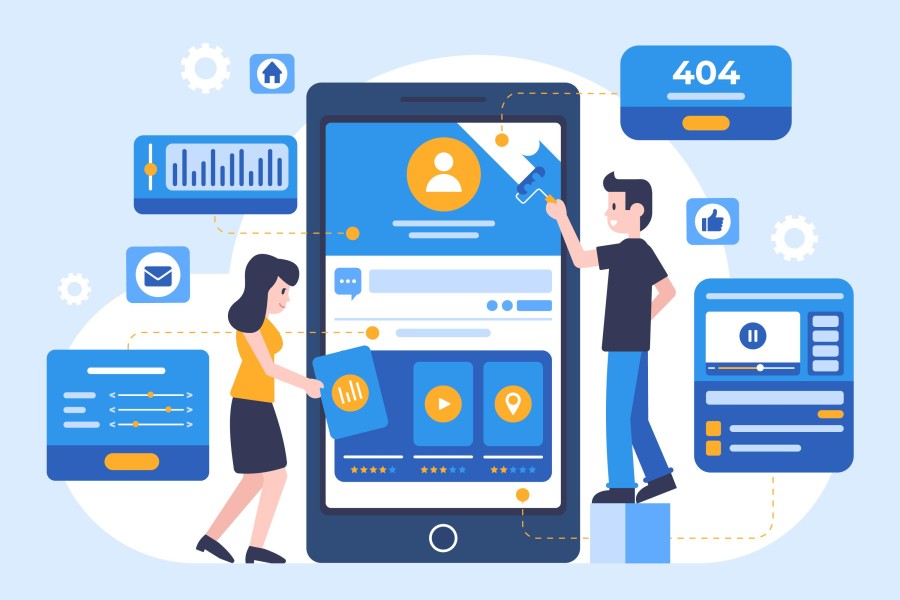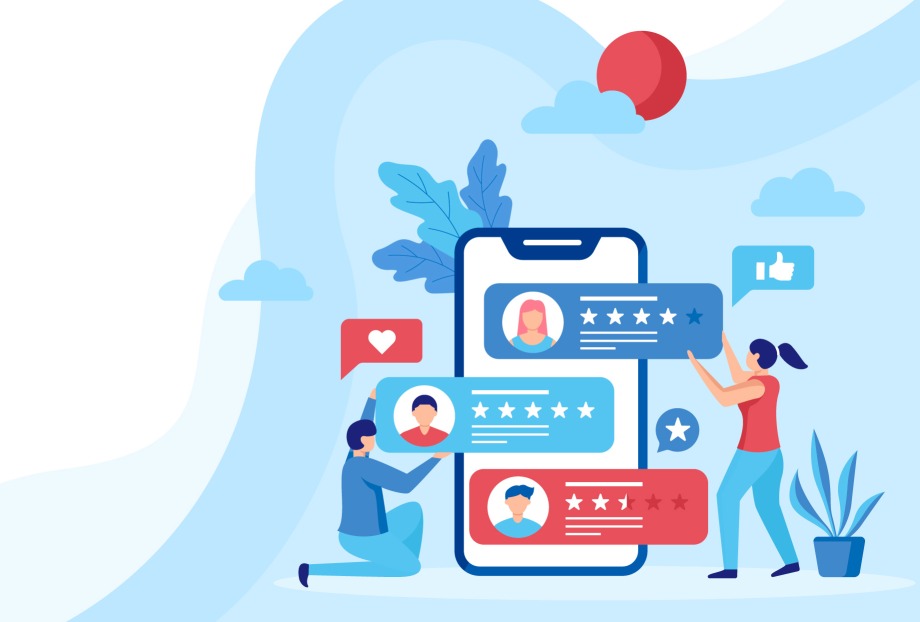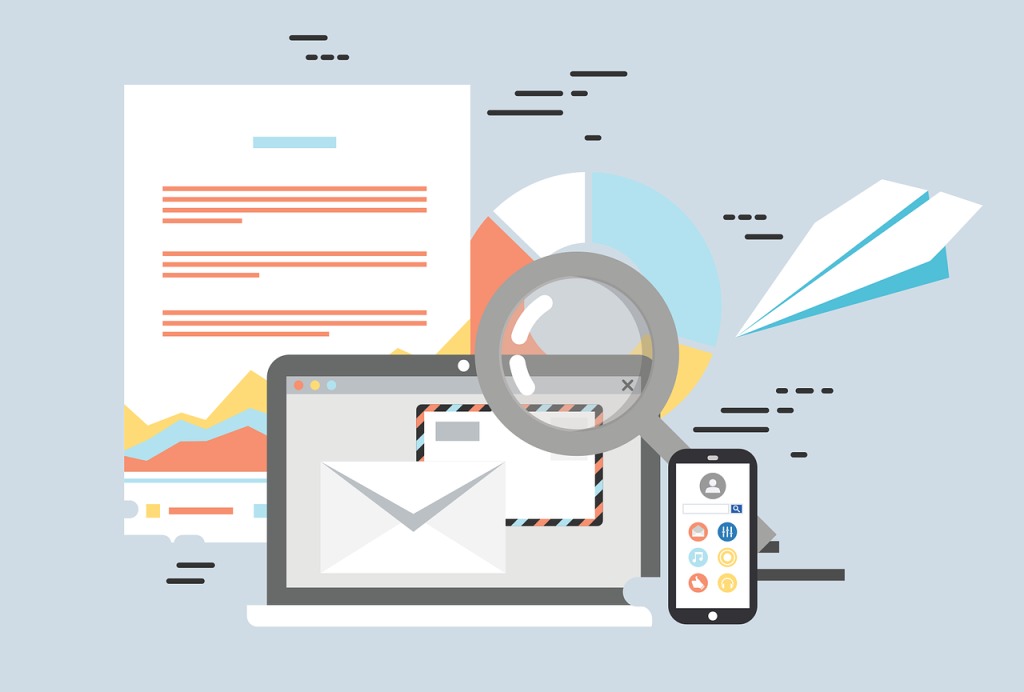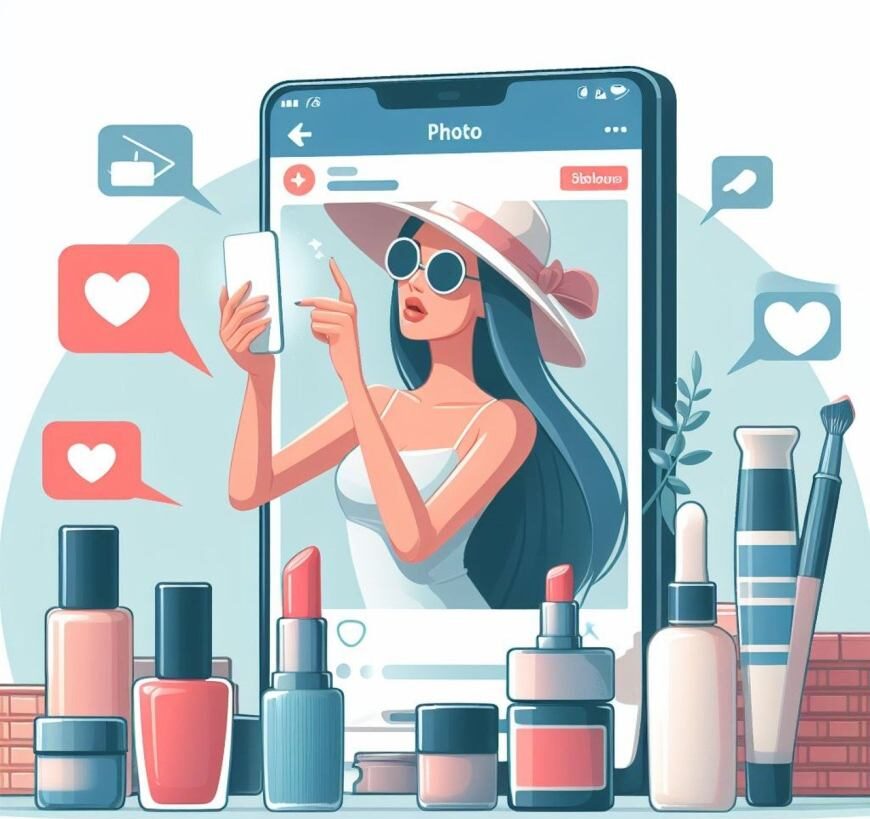So you’re thrilled about your new app’s launch.
Let’s say you have launched an extraordinary education-based app, quite like Duolingo. Your singular aim is to bring high-quality education to everyone by leveraging the power of technology.
Well, congratulations on your efforts. But before your app can take the education industry by storm, there’s a tiny bit that you still need to accomplish: get your app into the hands of your target audience.
And let me tell you, that’s no easy feat. With almost 5 billion apps on App Store and Google Play, how can you ensure your app stands out?
This is where app marketing comes in.
In today’s blog, we will discuss 15 proven app marketing strategies to acquire users and drive app success. So, let’s get started.
Top 15 Proven App Marketing Strategies for User Acquisition
Covering your bases beforehand with thorough market research, competitor analysis, and building a solid product is important. Once done, here are the leading app marketing strategies to leverage to acquire a massive user base for your app.
1. Focus on App Store Optimization (ASO)
A lot of people use the search functionality to find apps on app stores. Search engines in app stores work in a similar way to Google. They are designed to rank apps based on relevant keywords in users’ queries. And the higher your app ranks, the more exposure it will get to new users.
ASO is the process of optimizing your app’s description, metadata, title, and screenshots with the relevant keyword to boost its visibility in app stores. With strategic keyword placement and useful images, you can increase organic traffic and drive more downloads.
The famous meditation app, Headspace does a brilliant job with ASO by incorporating keywords such as “sleep,” “stress,” “mindfulness exercises” etc. in their app description and titles. This ensures the app is easily found by its target audience.
2. Build a dedicated landing page for your app
Having a dedicated landing page that neatly describes your app will always work in your favor. It serves as a “showcasing podium” for your app that highlights its uses, features, and benefits in a well-defined and attractive way.
Make sure your landing page is mobile-responsive and offers smooth navigation. It’s a good practice to incorporate social proof such as user testimonials, app store ratings, and reviews to build trust. Lastly, don’t forget to add persuasive call-to-actions that inspire action.
The Spendee app, an app for managing money and personal finances, is a good example of what the landing page of an app should look like: an attractive two-tone layout, large screenshots of the app, concise copy, a great deal of social proof, and compelling CTAs.
3. Encourage users to review your app
Most people rely on other users’ reviews to find out what they think before downloading any app. If your app has positive reviews and high ratings, your target customers are more likely to download it.
Try to encourage users to review your app by sending them a prompt when they are most engaged. Offer incentives such as a gift, an upgrade, or an entry into a prize draw to those who review the app. Also, consider adding an accessible button that directs users straightaway to the app listing, making it easier for them to review.
You can also contact a professional reviewer for an even more credible opinion.
4. Leverage the power of video
“In today’s time, harnessing the power of video isn’t just an option, it’s a necessity.”
Video is increasingly transcending barriers, captivating global audiences. Embracing the dynamic potential of video has become more important than ever.
[Vineet Gupta, Founder of 2xsas]
Create informative and engaging videos that showcase your app’s features, benefits, and use cases. Upload these videos on app stores as well as platforms like YouTube, Instagram, and Facebook. This will capture the user’s attention, encouraging them to download your app.
The MS Office app video is a definite winner, thanks to its simple and clever script and sleek graphics. It beautifully highlights the power of this suite of apps, convincing the viewers to hit the download button.
Ready to empower your app with our winning marketing strategies?
Contact Growth Hackers
5. Invest in content marketing
Creating informative and valuable content around your app can help you attract organic traffic. Understand your target audience’s needs and pain points and address those through insightful blogs, webinars, eBooks, infographics, podcasts, and more.
For this reason, as a recent master in branding explains, companies need to permanently interact with their customers to properly establish their personality and make their products appealing. This can help your brand build credibility online and attract users who are interested in your app.
The language learning app, Duolingo, has built a robust online presence through its blog. The company regularly produces educational blogs on language learning tactics, cultural insights, and platform updates to attract and retain users.
6. Have an active social media presence
This is one of the leading app marketing strategies for user acquisition. With over 4.95 billion people using social media platforms, an active social media presence can help your brand reach a wider audience pool, showcase your app offerings, and engage prospective users organically.
Begin by determining the most popular platforms for your target users. Create compelling content that highlights your app’s USP, run targeted advertising campaigns, and collaborate with influencers to raise awareness of your app and drive downloads.
TikTok has recently come up as a widely used platform for app promotion. Peloton, the fitness app, gained a lot of traction on TikTok by collaborating with fitness influencers and posting engaging workout videos. All this led to increased app downloads and user engagement.
7. Publish guest blogs on reputable sites
Publish guest blogs on influential websites within your app’s industry. Offer valuable insights and demonstrate your industry expertise by sharing high-quality, information-packed blogs that your readers might be interested in.
In return for your knowledge, you’ll get to share the details of your app with a new audience. You will get backlinks that drive traffic back to your app and acquire potential app users.
For instance, if you have a gaming app, you can publish a helpful and engaging blog on ‘top gaming trends’ and strategically insert a link to your mobile app’s landing page.
8. Launch a referral program
A referral program incentivizes existing app users to invite their friends and family to join the app. This is one of the oldest yet highly effective app marketing strategies that benefits both the users and the company, quite like affiliate marketing.
Rewards can range from free in-app credits to special coupons or discounts, fostering new user acquisition and promoting user engagement.
The popular grocery ordering service, Instacart, excels with an attractive app referral program. It enables referring customers to receive a $10 credit when their referred friend places their first order.
9. Utilize email marketing
Email marketing is a great strategy for promoting your mobile app to prospective customers who earlier demonstrated interest in your app. You can create targeted email campaigns with personalized content, special app offers, and other incentives to encourage new downloads.
Offering regular updates on new features can also help to keep your existing users engaged and excited about your app. For instance, Uber Eats excellently leverages email marketing to entice its app users by offering discount vouchers and promotions.
10. Run App Store advertisements
App Store ads are sponsored text ads that appear on the Apple App Store and Play Store and help to boost visibility. They are essentially the same as running PPC ad campaigns with Google Ads. It is a paid strategy that can instantly put your app in front of a huge audience.
Here are some ad campaigns you can opt for:
- Pay-Per-Install (PPI): You pay when the user installs your app from the ad.
- Pay-Per-Action (PPA): You pay when users complete certain actions within the app, such as purchases or signups.
- Geo-Targeting: Displays the ads to users in a precise geographical location with precise needs.
Programmatic advertising, on the other hand, leverages artificial intelligence (AI) and real-time bidding (RTB) to automate the ad-buying process. This method is highly efficient, allowing for precise targeting and optimal budget allocation. RTB is a digital auction process that enables advertisers to compete for ad impressions in milliseconds, ensuring your ads are displayed to the right audience at the right time.
11. Leverage influencer marketing
Collaborating with influencers on social media or industry experts can drastically boost your app’s credibility and visibility. These influencers promote your app to their dedicated followers, which builds awareness and drives downloads.
Look for micro-influencers that align with your target audience. Make sure to choose someone who is well-known for his authority and has highly engaged followers.
For instance, the popular mobile game, Fortnite, collaborated with famous gaming influencers PewDiePie and Ninja to promote its app and drive new user acquisition. The influencers created engaging gameplay videos featuring Fortnite, generating massive buzz around the app.
Skip average results. Adopt proven marketing strategies for user acquisition now!
12. Offer free app trials, giveaways and contests
You will barely find any users willing to purchase your app without a free trial. Most people would want to test your software before committing to paying for it. Therefore, offering a free trial is critical. You can also give out promotional pricing to users after a free trial to convert them into paying customers.
Additionally, running contests and giveaways is also a brilliant strategy. You can promote your app contests on social media channels and offer cool prizes to create buzz.
The meditation app, Headspace, once again, demonstrates a good example of this point by running occasional contests and giveaways to attract new users and retain the existing ones.
13. Build strategic app partnerships
This is another one of the excellent app marketing strategies that involves collaborating with complementary businesses or apps to reach a wider audience.
You can partner with other app developers and cross-promote your app to their app users while they do the same. This tactic of mutual endorsement and promotion by offering exclusive offers or joint discounts can help you attract new users interested in related services.
For instance, the gaming app, Words with Friends, leveraged Zynga’s existing user base from ‘FarmVille.’ It offered in-game incentives and promotions to players who downloaded and played the new game, resulting in rapid user acquisition.
14. Benefit from Quora marketing
A highly underutilized app marketing tactic, the Quora platform offers several advantages. With over 300 million unique monthly visitors, the platform can ensure a good deal of exposure for your app.
Select questions that are relevant to your app industry and provide informative responses on them. If you already have answers to those questions on your blog or app, repurpose those to address the questions. This will help you succinctly boost the chances of being seen.
15. Try traditional advertising tactics
Traditional forms of advertising, may it be telemarketing, print advertising, billboards, or even direct mail, can help you build awareness around your app. Apart from digital marketing, these promotional channels have a successful record of increasing business.
There are many renowned mobile conferences across the world that allow developers to showcase their offerings. Apps targeting a wider audience, such as gaming apps or shopping apps can find this strategy quite useful.
Nivea, for instance, launched an innovative and highly successful print media ad campaign that included tear-out bracelets. It encouraged parents to place the bracelet around their child’s wrist and download the Nivea Protect app to monitor their child’s location in real-time.
Final Words on Mobile Apps’ Marketing and User Acquisition Strategies
Having a well-thought-out mobile app marketing strategy is critical to your app’s success. Choosing a couple of tactics from all the aforementioned ones and incorporating them into a coherent strategy will go a long way in acquiring a solid customer base.
Make sure to regularly test your tactics and measure their results to ensure you are investing in the right app marketing strategies.
Growth Hackers is a mobile app user acquisition agency helping businesses from all over the world grow. There is no fluff with Growth Hackers. We help entrepreneurs and business owners implement proven app marketing strategies for user acquisition, increase their productivity, generate qualified leads, optimize their conversion rate, gather and analyze data analytics, acquire and retain users and increase sales. We go further than brand awareness and exposure. We make sure that the strategies we implement move the needle so your business grow, strive and succeed. If you too want your business to reach new heights, contact Growth Hackers today so we can discuss about your brand and create a custom growth plan for you. You’re just one click away to skyrocket your business.








